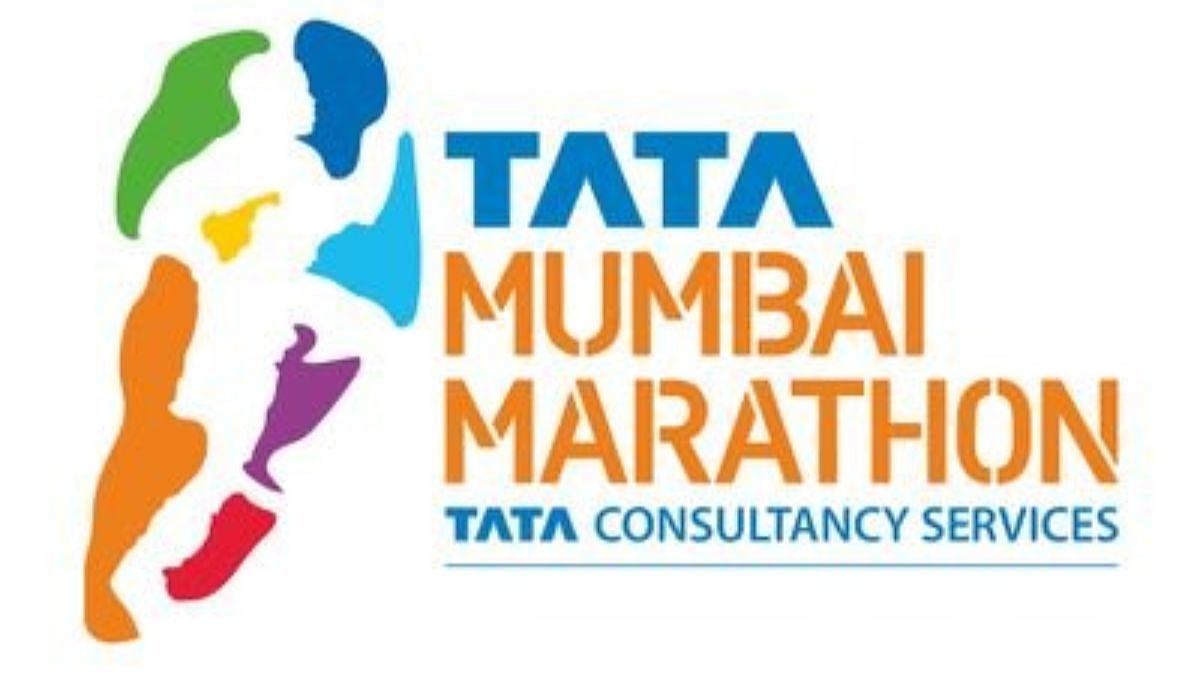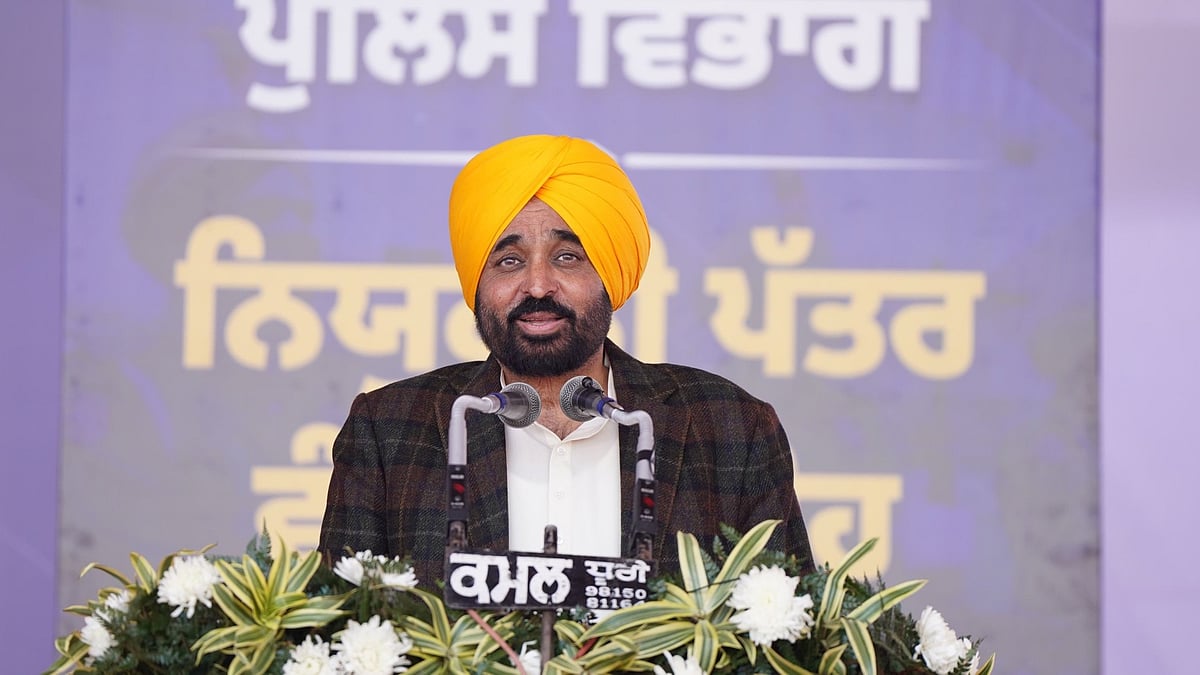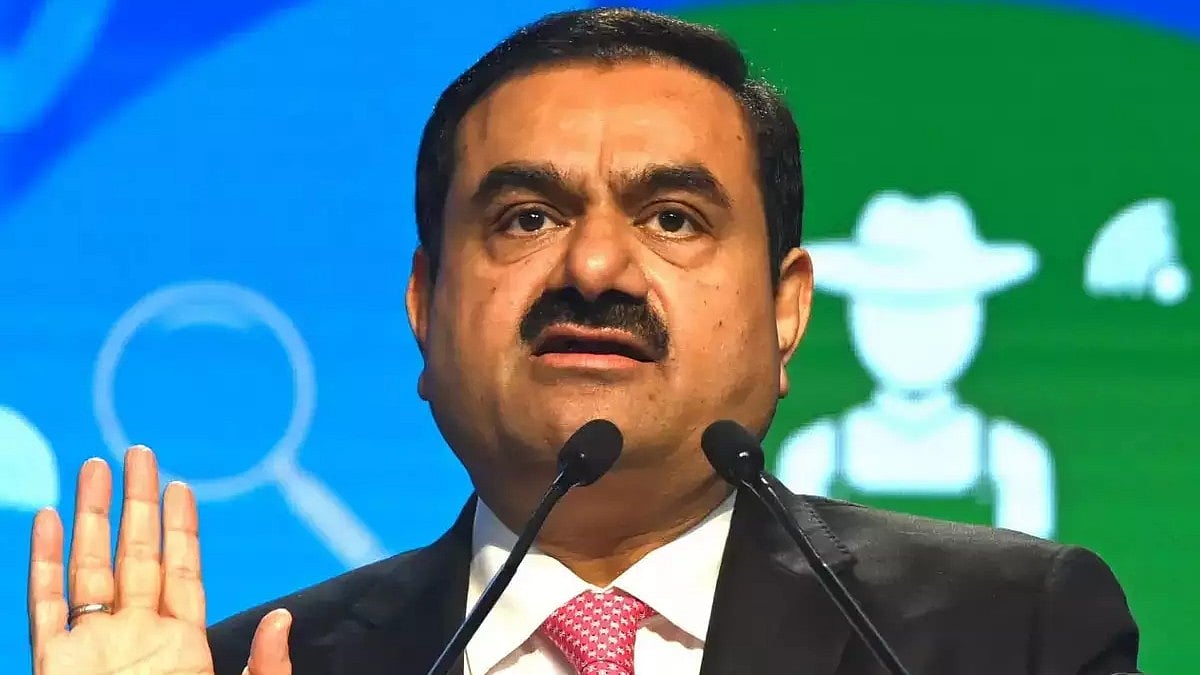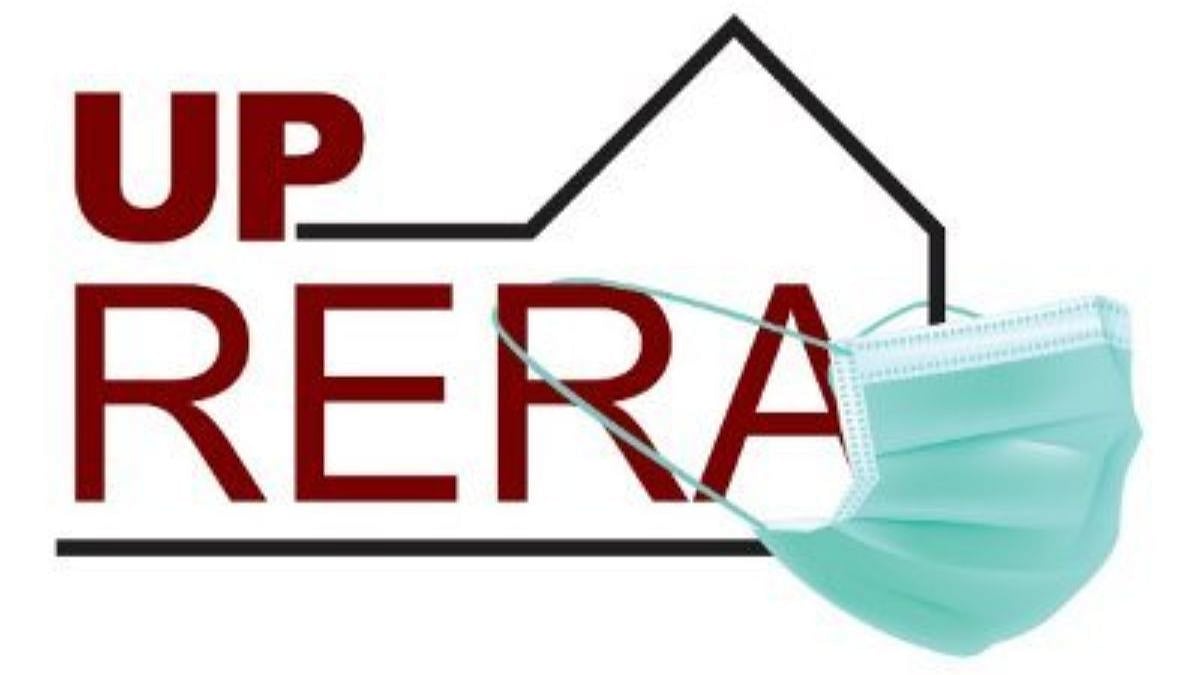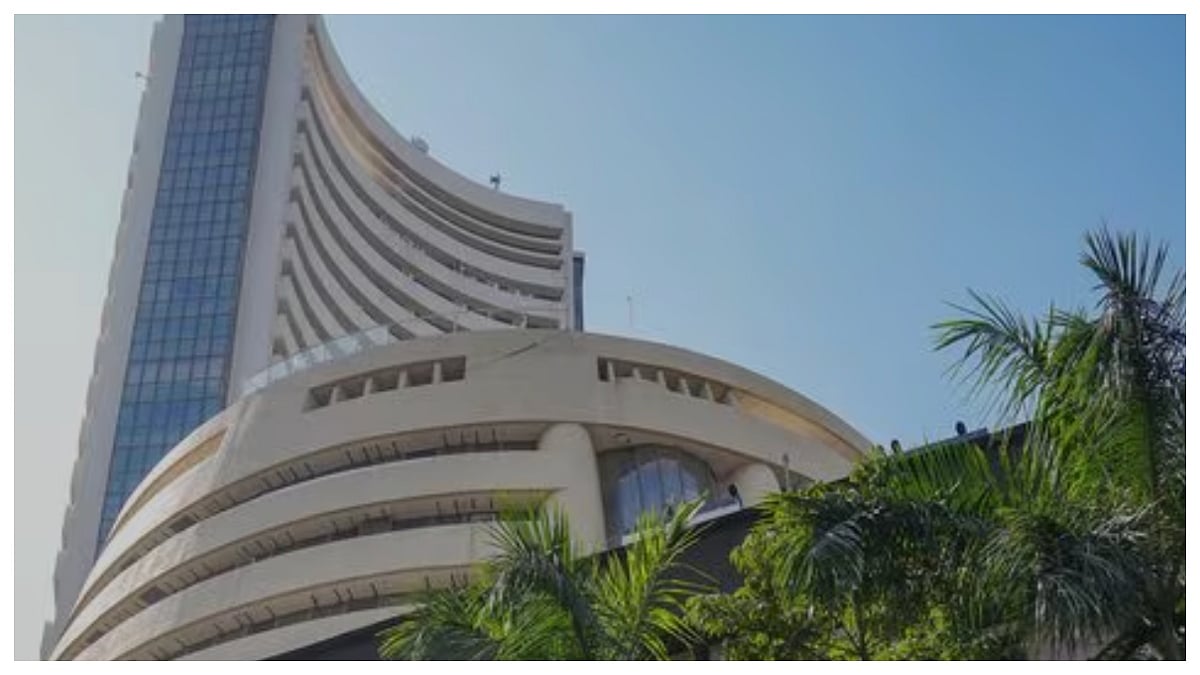On Thursday (February 10), the RBI Monetary Policy Committee took the decision not to hike signal rates.
The Reserve Bank of India's (RBI) Monetary Policy Committee voted unanimously to keep policy repo rate unchanged at 4 percent and decided to continue with its accommodative stance in the backdrop of elevated level of inflation.
Many economists were expecting RBI to increase reverse repo rate.
What is reverse repo rate?
To cite an example: The common man borrows money from the scheduled commercial bank (SCB). If she has surplus money, it is deposited in the SCB. When the SCB needs money, it borrows from RBI and will do the same with the surplus it has--that is, it will deposit its surplus with the RBI.
Just as a common man deals with the SCB, the SCB deals with RBI to manage day-to-day liquidity. This is because RBI is the Bankers’ Bank.
Now, repo rate is the rate at which RBI lends money to banks. Reverse repo rate is the rate at which RBI takes deposits from banks.
What will happen if RBI increases reverse repo rate?
When RBI increases reverse repo rate, banks will get more interest rates by parking money with RBI as they are incentivised to get more interest rates. This will reduce liquidity in the system. Traditionally, repo and reverse repo rates are signalling rates for banks. Based on these rates, banks will charge interest rates from customers. Hence, these are known as policy signal rates.
On Thursday (February 10), the RBI Monetary Policy Committe took the decision not to hike signal rates. The RBI has the responsibility to remove liquidity from the system and does it through variable reverse repo rate. When the policy rates are increased, banks will in turn increase interest rates for customers and then the economic recovery will be destablised as cost of borrowing will go up. This leads to higher EMI outgo on home and other consumer-centric loans, for instance. As a result, overall consumer spending slows down, which in turn hurts growth prospects.
How does it impact common man?
Suppose you have taken a home loan and a vehicle loan with a floating interest rate (not fixed intereste rate) and it is tied to RBI policy rates. If the RBI had increased the interest rate today, it would increase interest rate for the customers, and trade and industry.
Interest rates affect the economy in various ways. The government borrowing is another channel. Last week, the government announced a higher-than-expected gross market borrowing from bond markets of Rs 14.95 lakh crore for the next financial year (compared to the current year’s borrowing of Rs 11 lakh crore).
When government aims to borrow more, the number of bonds in the market will increase relative to supply of cash. Bond yields will go up and interest rates will go up as well.
Today, what the RBI has done is that, it has relaxed the maximum limit that foreign investors can invest in local government bonds through the Voluntary Retention Route-- a channel introduced by RBI to enable foreign portfolio investors (FPIs) to invest in debt markets in India. The RBI has allowed foreign investors to invest upto Rs 2.5 lakh crore from the earlier limit of Rs 1.5 lakh crore. For the same amount of bonds, liquidity will increase. Demand for bonds will increase and consequently, it will prevent a rise in interest rate.
Key highlight of the policy is that the central bank has taken two measures to control rise in interest rates in policy.


